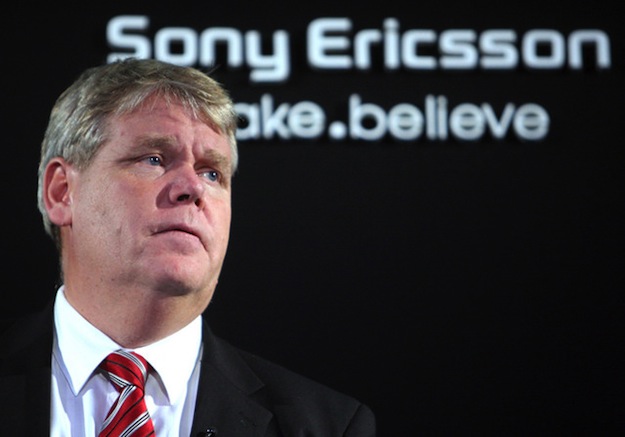
Did you know that once upon a time, Sony Ericsson was one of the top smartphone makers in the world? Things were much simpler pre 2007, specifically, pre iPhone. At that time, Sony Ericsson made a slew of custom UI smartphone and models that ran on Palm and Windows Mobile variations. Sure Blackberry was still king back then but only in the corporate world. Others and more importantly, the everyday public which was a large and untapped market, didn’t want bulky phones with Exchange and spreadsheets. Things were indeed good in those days where a products spec sheets still ruled the world and determined how a buyer would know if a product was worthy. With a name like Sony which has enjoyed a long heritage of quality products on the box, it was hard not for the joint venture between the two companies to be on top of the sales charts.
Now, the world is different. Sony Ericsson is no longer on top of the sales charts and has a hard time even cracking the top 5. So how does current CEO, Bert Nordberg see all this? We should also point out that Mr. Nordberg was not the CEO of Sony Ericsson, during the times mentioned. For one, he is happy with picking Android as the OS to use in their smartphone category and while others like HTC, LG and Samsung have also backed Windows Phone.
“At this point I wouldn’t feel comfortable investing in a platform that isn’t as good as the one that we currently use,” he said. “Therefore we have remained with Android, but I am quite curious about Windows Phone.”
Only in the last year alone and under Nordberg’s eyes, we’ve seen a plethora of Android powered phones from Sony Ericsson. Their current lineup includes though not limited: Xperia arc, arc S, neo V, Live with Walkman, mini, mini pro, Active and PLAY (for those playing at home, Sony does indeed use funky capital and none capital letters throughout their lineup). With nearly 15 Android powered phones in their current portfolio, Sony Ericsson has shifted a majority of their business practices from the traditional “dump phone” to the more lucrative and ever growing smartphone centric market. With so many phones at their disposal, it’s hard to imagine why Sony has yet to see real success from their shift to Android until you realize their lack of focus on the US.
Sony Ericsson has long been a power house in Asia and Europe. To this day, the majority of their sales comes from the international market and not the United States. Much like Nokia, Sony was slow to see the US as a growing and maturing market. With the launch of the iPhone, the entire mobile landscape would change. Traditionally exclusive to AT&T, the iPhone changed how people viewed smartphones. The demograph which was once only the business men in suits would soon change to teens, coaches and moms and dads. The iPhone would change the trajectory of the mobile landscape, leaving those who were slow to the realization of the new market and profits behind it to fall victim to loss of market share and profits.
Nordberg said, “it’s safe to say that Sony Ericsson should have taken the iPhone more seriously when it arrived in 2007.”
Taking the iPhone seriously however was only part of the problem. Sony, like every other manufacture relies heavily on OS makers to provide them with the software needed to power their phones. In the first two years of the iPhone, Google and their Android software were still in incubation while others can argue that Microsoft is still there. With no other software makers in the market, it’s hard to imagine thing’s being different had Sony taken Apple and iPhone seriously. However, in the last two years where other manufactures like Samsung, Motorola and HTC have taken advantage of the free OS provided by the folks in Mountain View, Sony has stumbled and continued to lose market share. This ties directly to Nokia’s problem as well which failed to see the US as a strong player. While both companies continued to sell their phones through channels like select retail stores and online domains, other handset manufactures were quick to cut deals with US providers like Verizon and AT&T. These partnerships would result on advertisement for their handset and dramatically reduced prices on the phones while Sony Ericsson had no marketing in place and full priced phones which were all between the $450-800 range.
Nordberg is hopeful that the current promotions on the Sony Ericsson Xperia PLAY will win over consumers as the company under his leadership begins to create more partnerships and promotions with US carriers.
Discuss:
How do you see Sony Ericsson in the mobile landscape? Are their offerings exciting while they lack the proper promotions and partnerships or is the problem somewhere else?
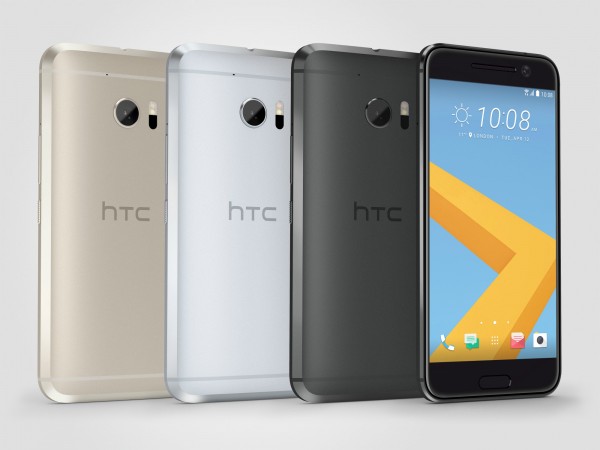





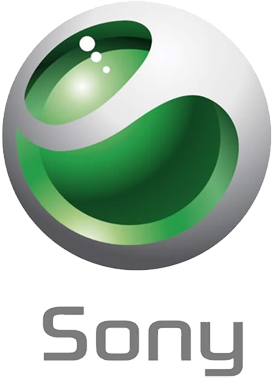 A big part of the slow turn around story for Sony is hinged upon the success of Sony Mobile, the division responsible for smartphones, tablets, and VAIO computers. Thanks to increased sales of their Xperia smartphones, Sony was able to raise their revenue to $3.9 billion, more than double of their previous quarter. This resulting in Sony posting a much lower
A big part of the slow turn around story for Sony is hinged upon the success of Sony Mobile, the division responsible for smartphones, tablets, and VAIO computers. Thanks to increased sales of their Xperia smartphones, Sony was able to raise their revenue to $3.9 billion, more than double of their previous quarter. This resulting in Sony posting a much lower 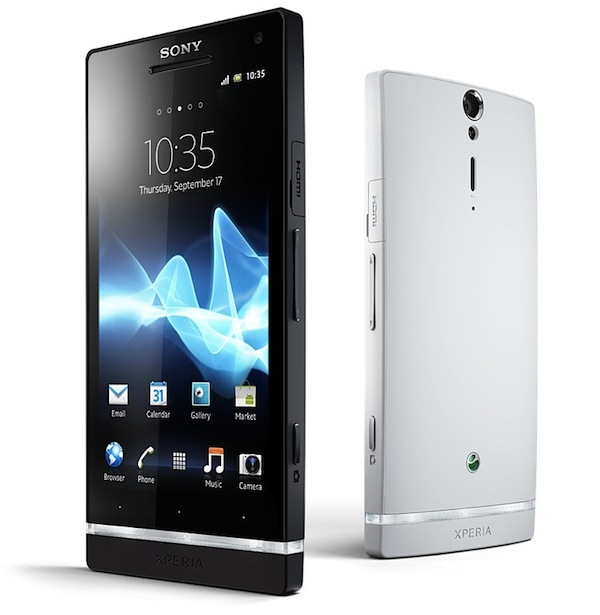 It’s a case of good news/bad news for Sony Mobile, the division responsible for the companies line of Android smartphones. According to the latest IDC report, Sony Mobile climbed to the number 3 spot in the global smartphone market in the third quarter, behind Samsung and Apple. This is quite the accomplishment since Sony was in the number 6 spot just a year ago. That right there is the good news, especially if you take into consideration the division’s ability to
It’s a case of good news/bad news for Sony Mobile, the division responsible for the companies line of Android smartphones. According to the latest IDC report, Sony Mobile climbed to the number 3 spot in the global smartphone market in the third quarter, behind Samsung and Apple. This is quite the accomplishment since Sony was in the number 6 spot just a year ago. That right there is the good news, especially if you take into consideration the division’s ability to 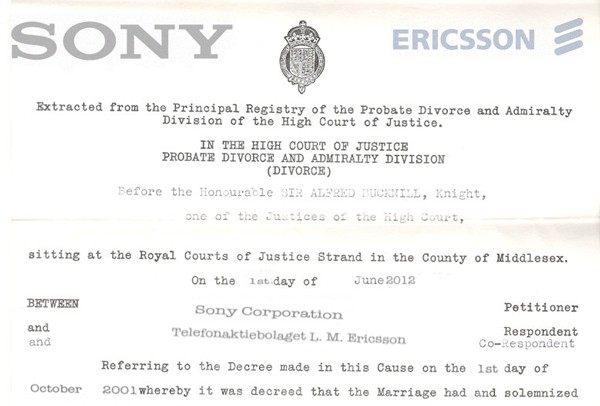


You must be logged in to post a comment.